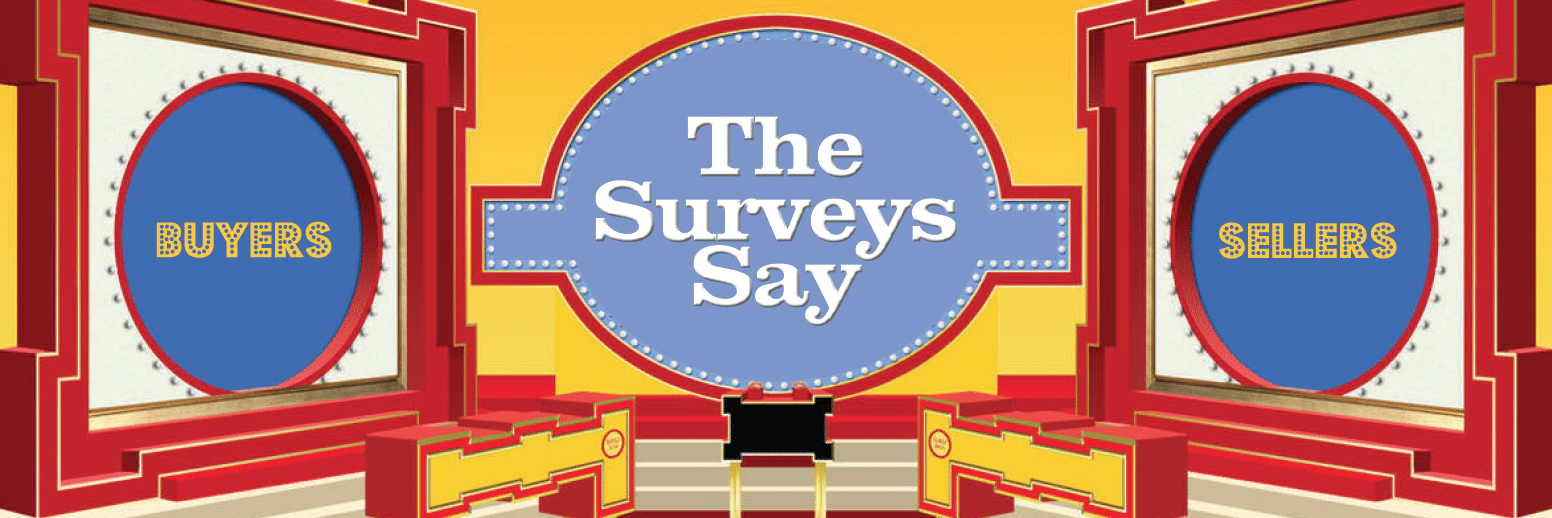Patrick was the oldest of three boys, born in 1988 in a small village in Ireland.
His mother, a microbiologist. His father, an electrical engineer.
Patrick took his first computer course at the University of Limerick when he was only eight and was programming computer code by the age of ten.
At sixteen his project on artificial intelligence won the prestigious Young Scientist and Technology Exhibition in Dublin. He nicknamed it “Isaac” after his hero, Isaac Newton.
His younger brother, John, had equally impressive credentials…a virtuoso piano player, avid pilot, and student at Harvard.
John founded his first software company, Shuppa, with Patrick’s help in 2007. One year later they sold it for $5 million. John was 17 at the time.
From a humble upbringing, the Collision brothers are now worth over $11 billion each. If their name “Collision” doesn’t ring a bell, this one will…Stripe.
The two brothers co-founded the financial service platform in 2010 with backing from Elon Musk and a few other venture capitalists. Stripe provides merchants with a payment portal that allows customers to make purchases with their credit card or auto debit their bank account.
Stripe is also a SaaS company, which stands for “Software as a Service.” With a SaaS company, instead of downloading its software, it’s hosted online. Known as “on-demand software,” you pay a monthly subscription fee to use it.
As with many successful tech companies, Stripe’s mission statement was simple…
“Increase the GDP of the Internet.”
The Collision brothers weren’t the first to invent an online payment portal.
Although it’s debated among tech historians, many claim the first online purchase was a pepperoni and mushroom pizza delivered by Pizza Hut in 1994. The pizza chain had developed its own online payment portal.
In the mid 90s firms like Millicent, ECash and CyberCoin developed online payment portals. Nobody remembers them because none of them got big enough to matter.
No company was really able to break through as the go-to online payment system until 1998. Any guesses as to which company hit it big?
You’re right…Paypal.
But while Paypal became a household name, Stripe capitalized on a niche, exploiting a Paypal weakness.
By design Paypal is easy to use when buying online or transfering money to a friend. But making it consumer friendly forced Paypal to eliminate features merchants desired. The Collision brothers recognized Paypal’s weakness, and designed Stripe to fill the gap. That’s how Stripe became today’s predominant “behind the scenes” player.
While both platforms offer similar rates and services, like invoicing and recurring billing, there is one major difference that sets Stripe apart.
As the Collision brothers noted early in the company’s development, they believed the major impediment with Paypal and other payment platforms wasn’t the consumer experience, it was the merchant usability.
So they built Stripe as a merchant-focused platform, making it Paypal’s biggest competitor by offering a deeper feature-set and more powerful developer tools to give merchants what Burger King used to advertise: “Have it your way.”
John Collision explains the difference: “With PayPal, you have to send people over to their website…whereas with Stripe, we offer a way to integrate payments into a business’s website or mobile app. That is what all the best businesses care about, so we make it very easy, very fast, very simple and very cheap to do this.”
When asked why Stripe is not a well known name like Paypal, he said: “Advertising obviously helps with awareness, but if you look at some of the most successful companies, they’re not ad-driven when it comes to customer adoption.”
Stripe is used by Amazon, Google, Shopify, and Instacart.
According to Bloomberg, it wasn’t long before “Amazon quietly partnered with Stripe, allowing it to process a large portion of the e-commerce giant’s transactions.”
How fast is Stripe growing? In 2019 Stripe serviced 10,000 companies. Today Stripe services about 15,000.
As a recent CNBC article said…
“Stripe has seen eye-popping growth during the pandemic as its revenue is largely tied to growth in online shopping. Back in April 2020, Stripe said ‘several years of offline-to-online migration are being compressed into several weeks.’”
***
My advice? You don’t have to invent the tire. You don’t even have to improve the tire. But you do need a tire that’s different enough to make a difference for others.
Stripe did it. Visit one of its global offices and you’ll see. Large banners on the wall display the company’s mission:
“Most tech companies build cars. Stripe builds roads.”












